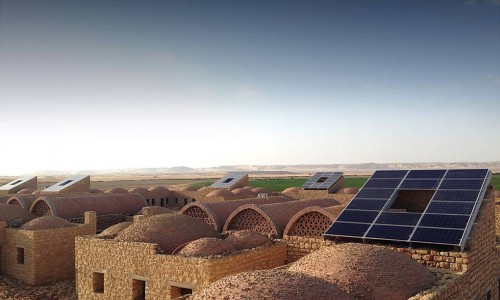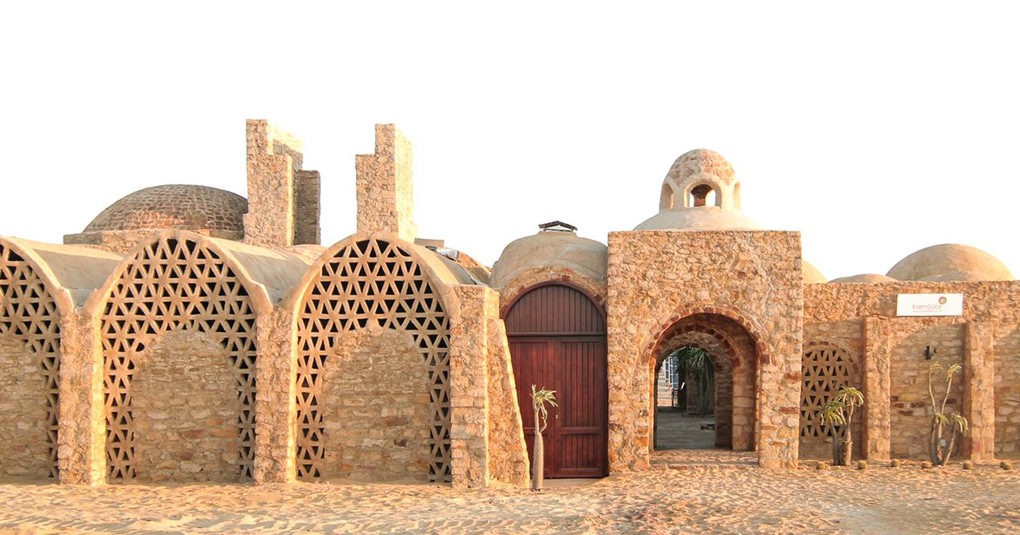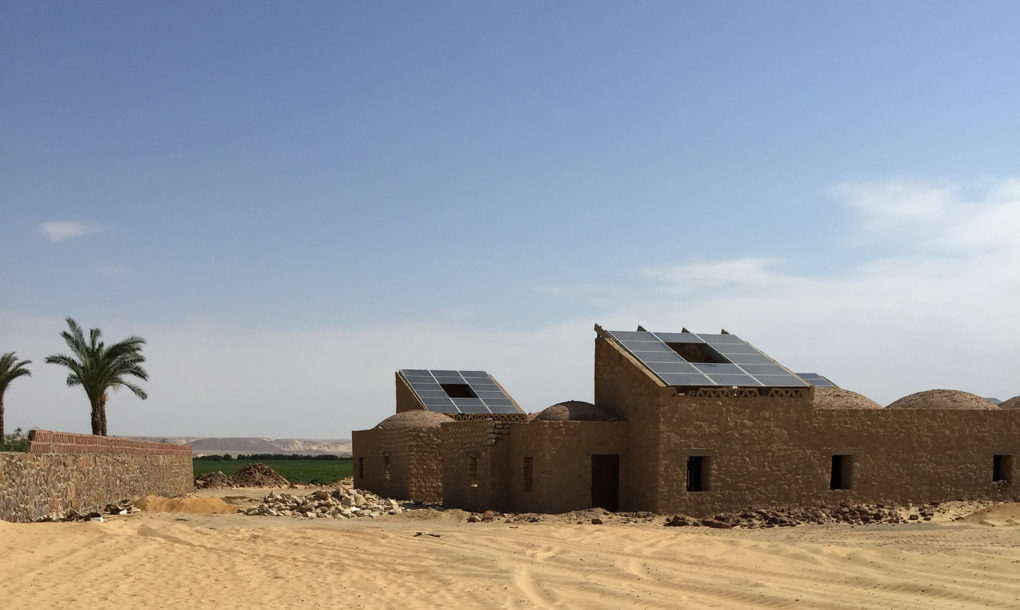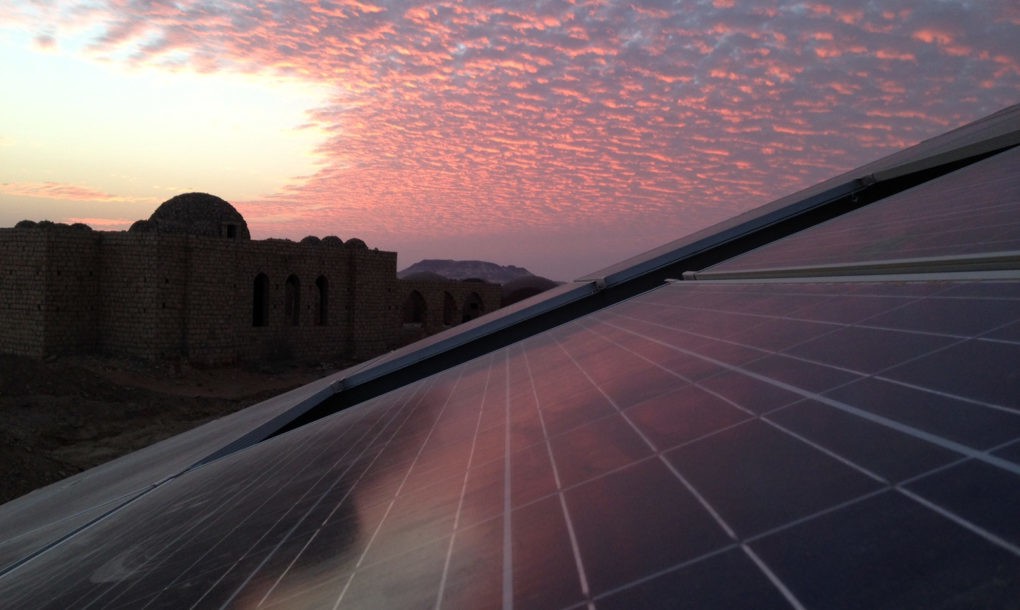RECOMMENDED VIDEOS

UTAI Engineering and Electrical : Cellcube - Energy Storage…
UTAI Engineering & Electrical (EM) Sdn Bhd

BIOGASMART : Biogas Production - Green Energy Production
Care To Trade

Energy Efficient Drive Technology
Siemens Malaysia Sdn Bhd

Linz Mitte, Biomass CHP Plant, District Heating
Aalborg Energie Technik a/s

Introducing OPTICSre by OutBack Power
OutBack Power
Related Stories
The largest solar farm apiary in the US opens this week
The City of London will be powered with 100% renewable energy by October 2018
New study suggests that plastic waste may be transformed into usable energy
Uravu’s zero-electricity Aqua Panels produce gallons of water from thin air
104% of Portugal’s electricity consumption in March came from renewable energy
17 Oct, 2016

Egypt's first solar-powered village rises from the desert in Bahariya Oasis
Renewable Energy & Energy Efficiency | EGYPT | 17 Oct, 2016
Published by : Eco Media Asia
Egypt's first solar-powered village has risen from the desert. Located in Bahariya Oasis and powered by building-integrated solar panels, KarmBuild's Tayebat Workers Village currently provides shelter for 350 people. KarmBuild says it is "the only company in Egypt to integrate solar technology into a building's design", and its use of local, natural materials ensures a gentle environmental footprint.

Principal architect Karim Kafrawi said in Egypt, solar panels are often seen as unattractive, too industrial, and “not practical in architecture integration.” KarmBuild’s innovative methods could upend those unfavorable views. Their solar integration designs allow the region to benefit from plentiful sunlight in a seamless, elegant manner. Photovoltaic solar panels adorn the rooftops of the Tayebat Workers Village, but in such a way that they blend in the stone walls of the village. The rooftop solar panels also act as “thermal roof protection,” according to Kafrawi.
Kafrawi told Inhabitat, “The idea was to create an architectural character that would smoothly blend into the natural landscape so that from a distance, this rather large building would be discreet, almost invisible expect for the towering stone structures highlighted by the P.V. solar panels reflecting the sky and sun.”

Not only is the power generation environmentally friendly, but KarmBuild employed sustainable construction techniques, such as utilizing energy-reducing methods and building with 90 percent local earth materials. In the region where the Tayebat Workers Village is located, sandstone is often removed in order to construct buildings. But KarmBuild realized the sandstone could be utilized in the buildings instead of going to waste. They found this “wealthy natural resource” is in fact “structurally viable,” according to Kafrawi. The use of the natural, local sandstone allows the buildings to blend in beautifully with the surrounding desert.
According to Kafrawi, KarmBuild’s methods reduce waste and can even reduce project costs in some instances.

“The high intensity of the sun along with the wide possible uses of viable natural building materials in these areas open up great possibilities for strong sustainable development solutions in the area. We work on trying to provide solutions that blend these two very different elements in a non-intrusive and attractive manner that works with the local architecture, whether traditional or modern, in the region,” he told Inhabitat. “We believe there is great potential to change the architectural landscape in these areas to be more self-sufficient, sustainable, and comfortable for occupants.”
Article by Lacy Cooke at inhabitat.com
Read more interesting articles at inhabitat.com
Images via KarmSolar
